
NM500 wear-resisting plate has certain magnetism when it is used as building plate. The residual magnetism of NM500 wear-resistant plate has great influence on subsequent processing. The residual magnetism will affect the accuracy and function of some instruments and meters. The magnetic particles adsorbed by The residual magnetism will cause wear and tear of starting parts in subsequent processes, such as machining and surface coating. The residual magnetism can cause chip to adhere to the surface, destroy the surface accuracy and cause the tool to be passivated. When the specimen needs welding, residual magnetism will cause partial blow or dissociation of the arc. Therefore, we must demagnetization the tested NM500 wear-resistant plate.
The traditional demagnetization methods of NM500 wear-resistant plate are as follows: AC demagnetization method is to put the sample into the coil with AC power frequency and pass through the coil at a certain speed. When the alternating current is demagnetizing, the peak value of the demagnetizing strength of the specimen should be greater than the peak used in the test. AC demagnetization method is good for small ordinary workpiece, but because of the obvious skin effect of AC field, the The residual magnetism in the deep part of the specimen can still be maintained. DC commutation attenuation or automatic demagnetization of ultra-low frequency NM500 wear-resistant plate can be used. DC commutation attenuation demagnetization is carried out by continuously changing the direction of DC current (including three-phase full-wave rectifier), while reducing the residual magnetism of HARDOX 500 wear-resistant plate passing through the workpiece to zero.
Just like you, 70% customers choose long-term cooperation with BBN steel not only for our good product and service quality, good reputation in the international market, but also for our experienced one-stop raw material supply and further steel processing!
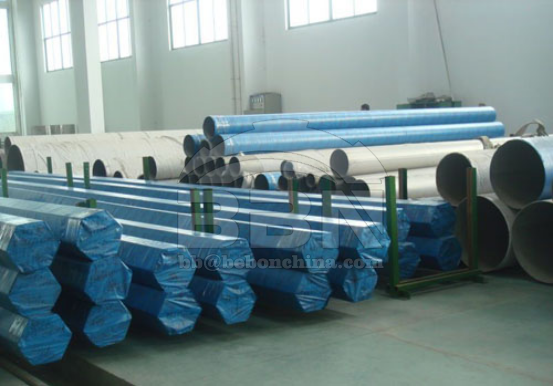
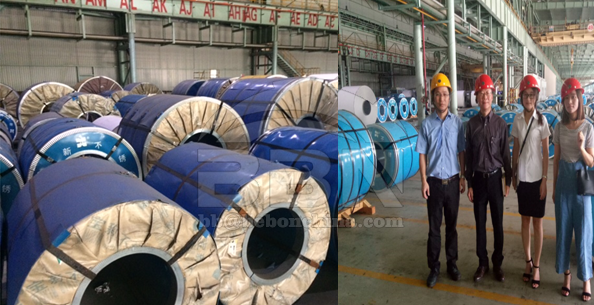
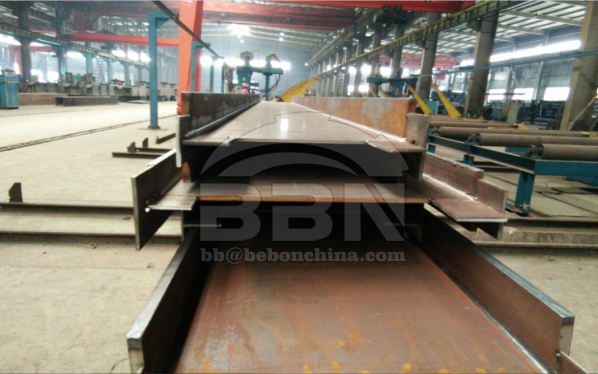
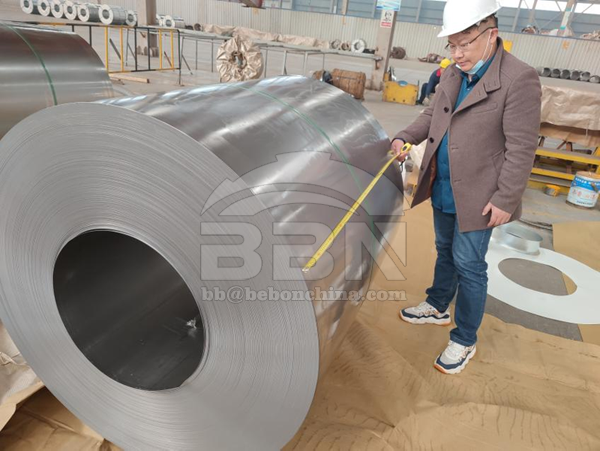


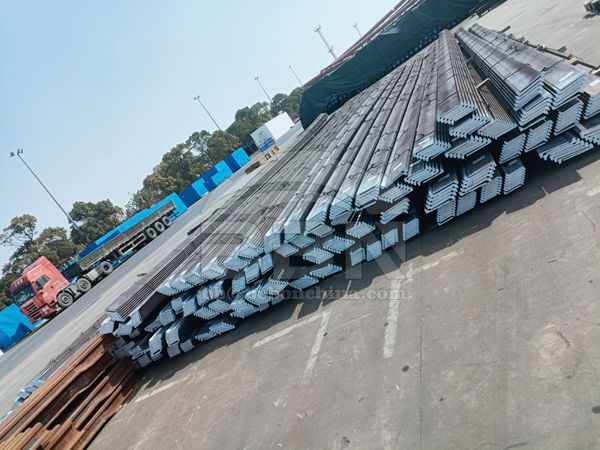

Henan BEBON Iron&Steel co.,ltd.